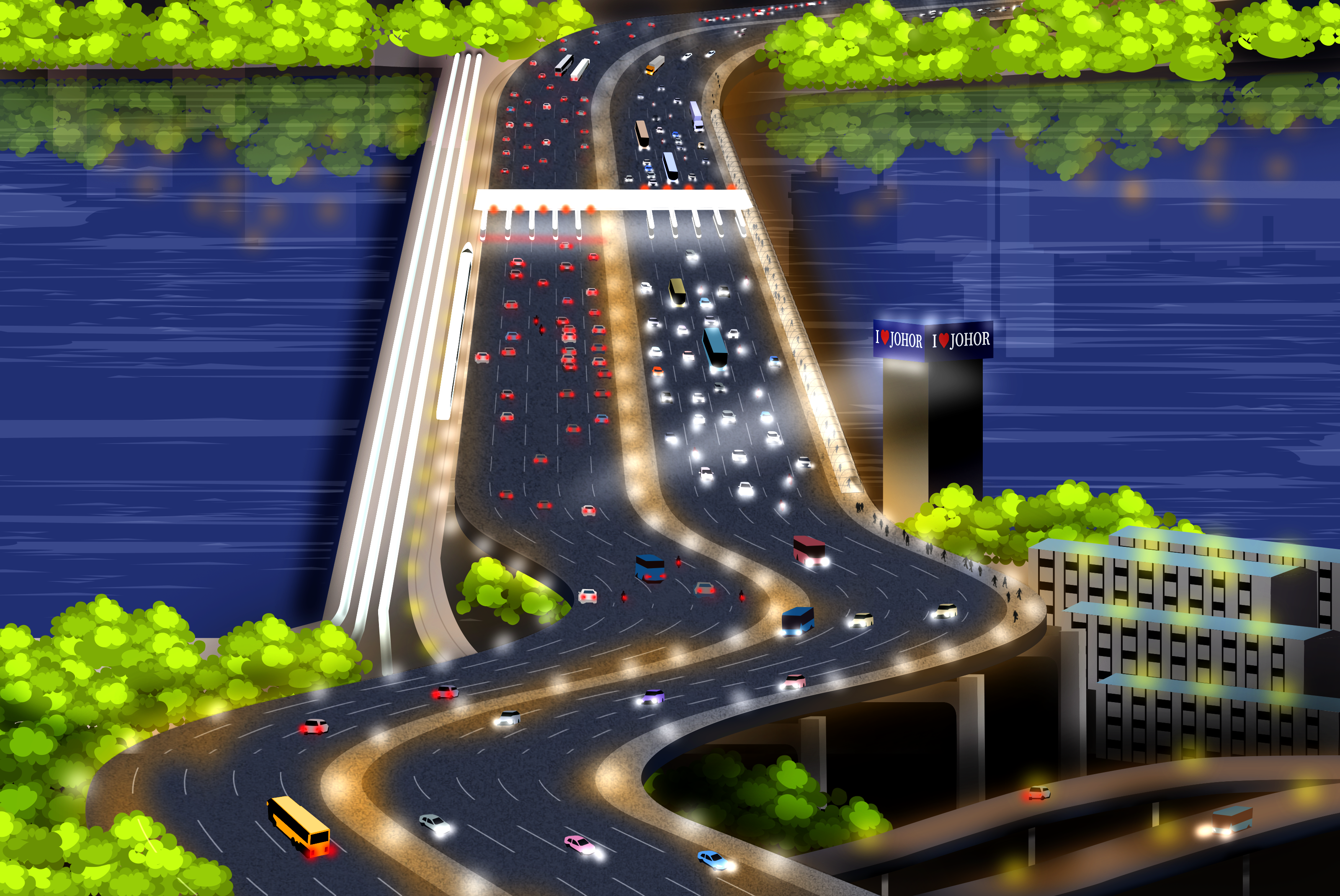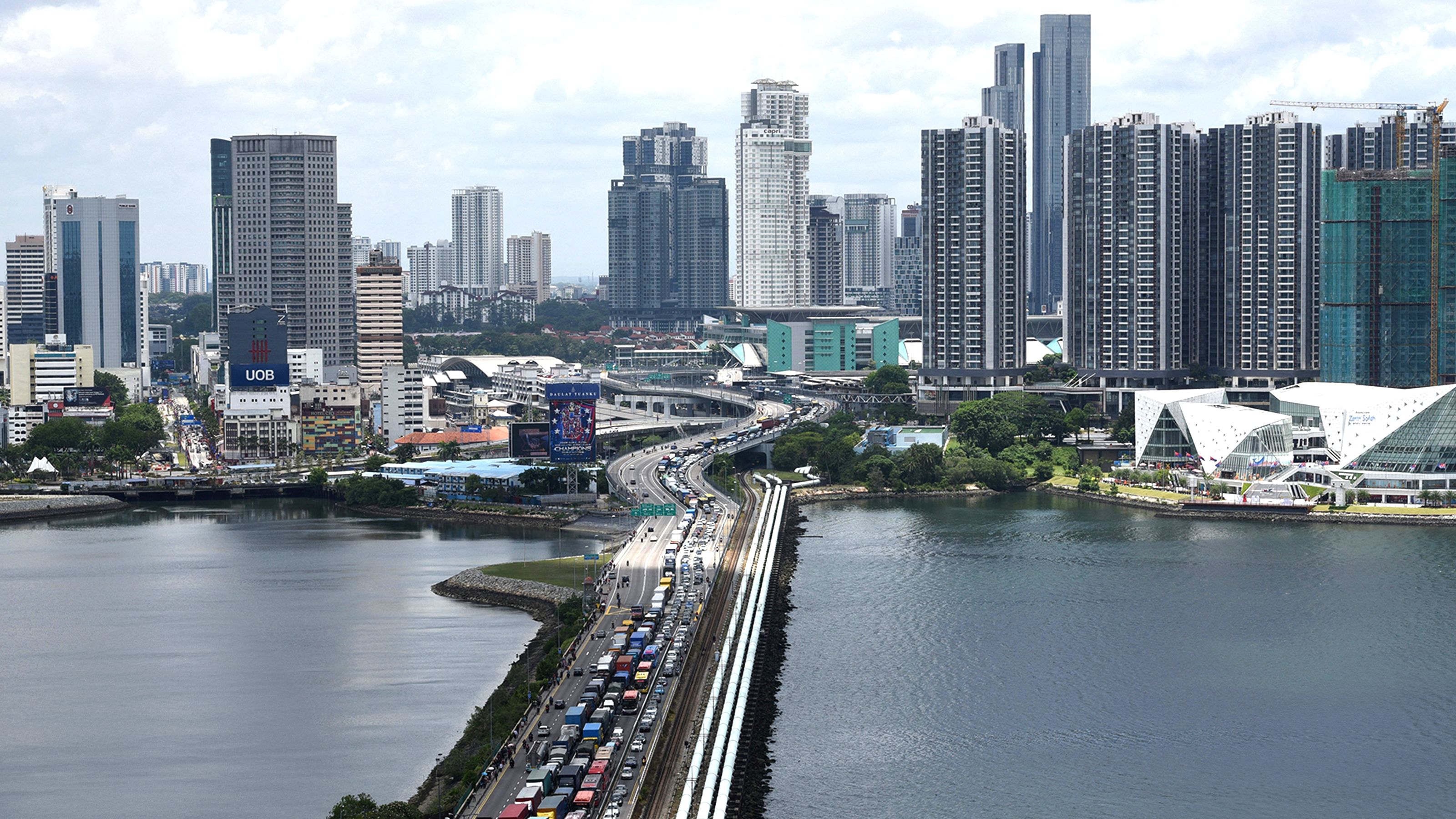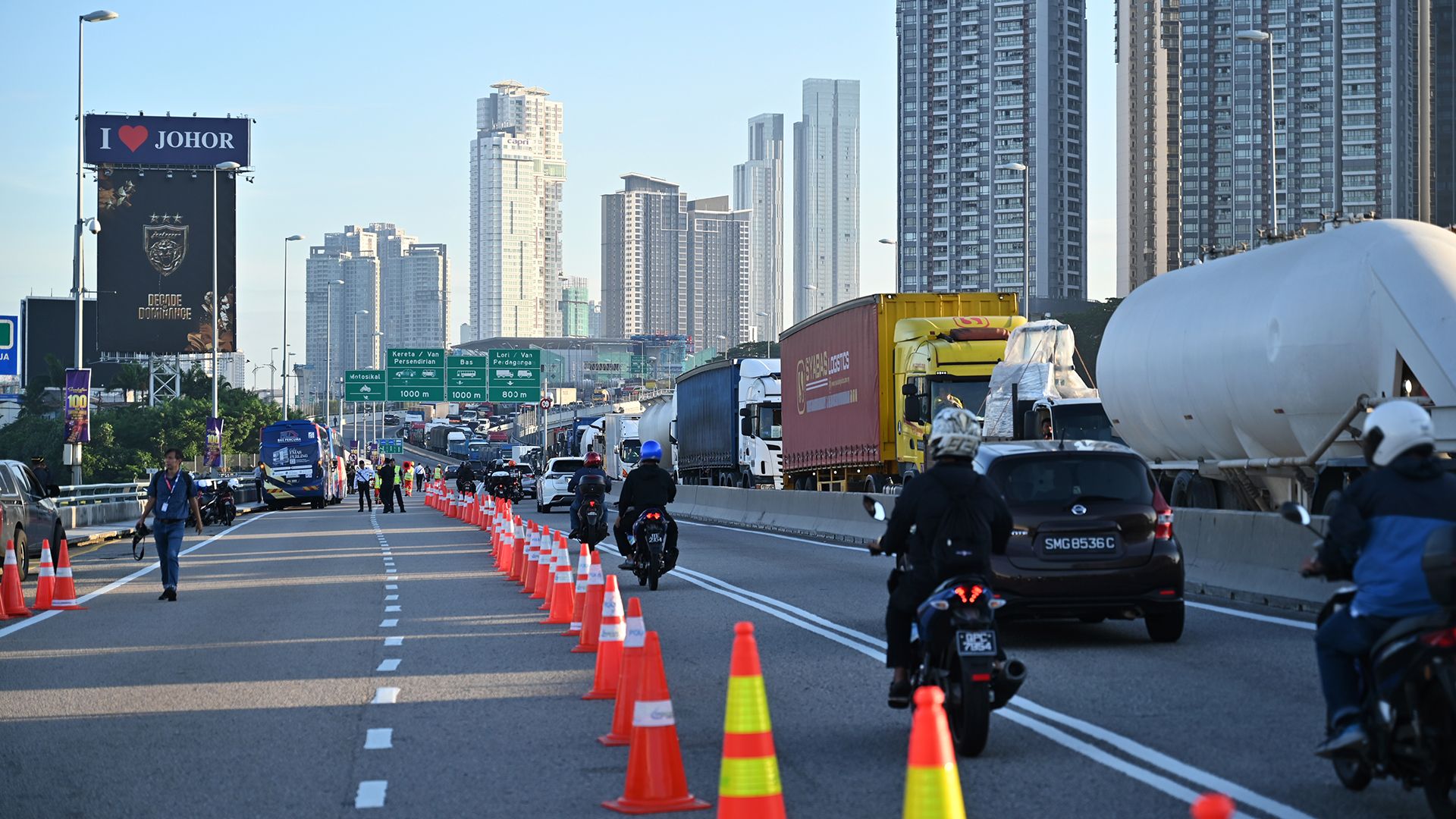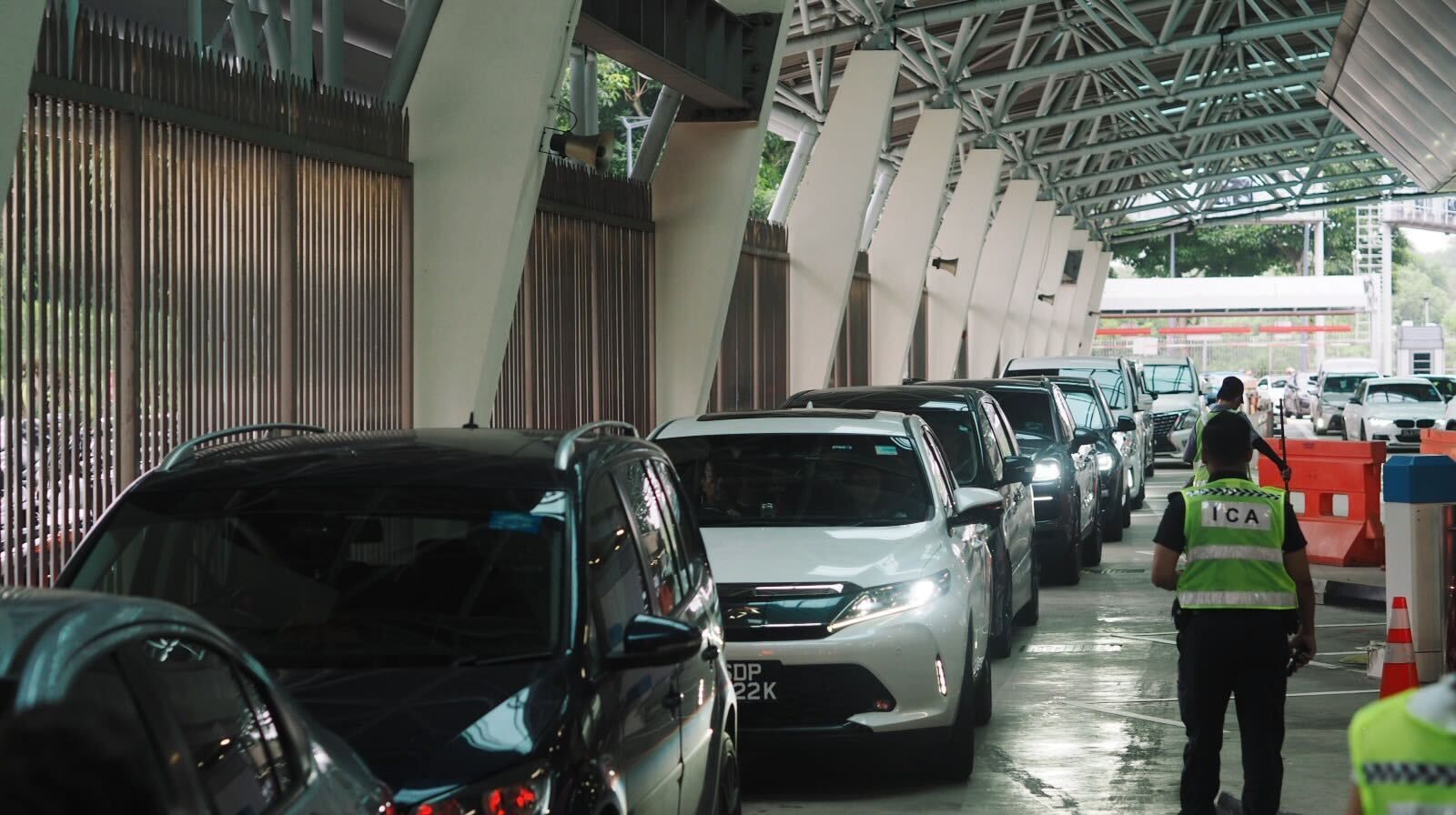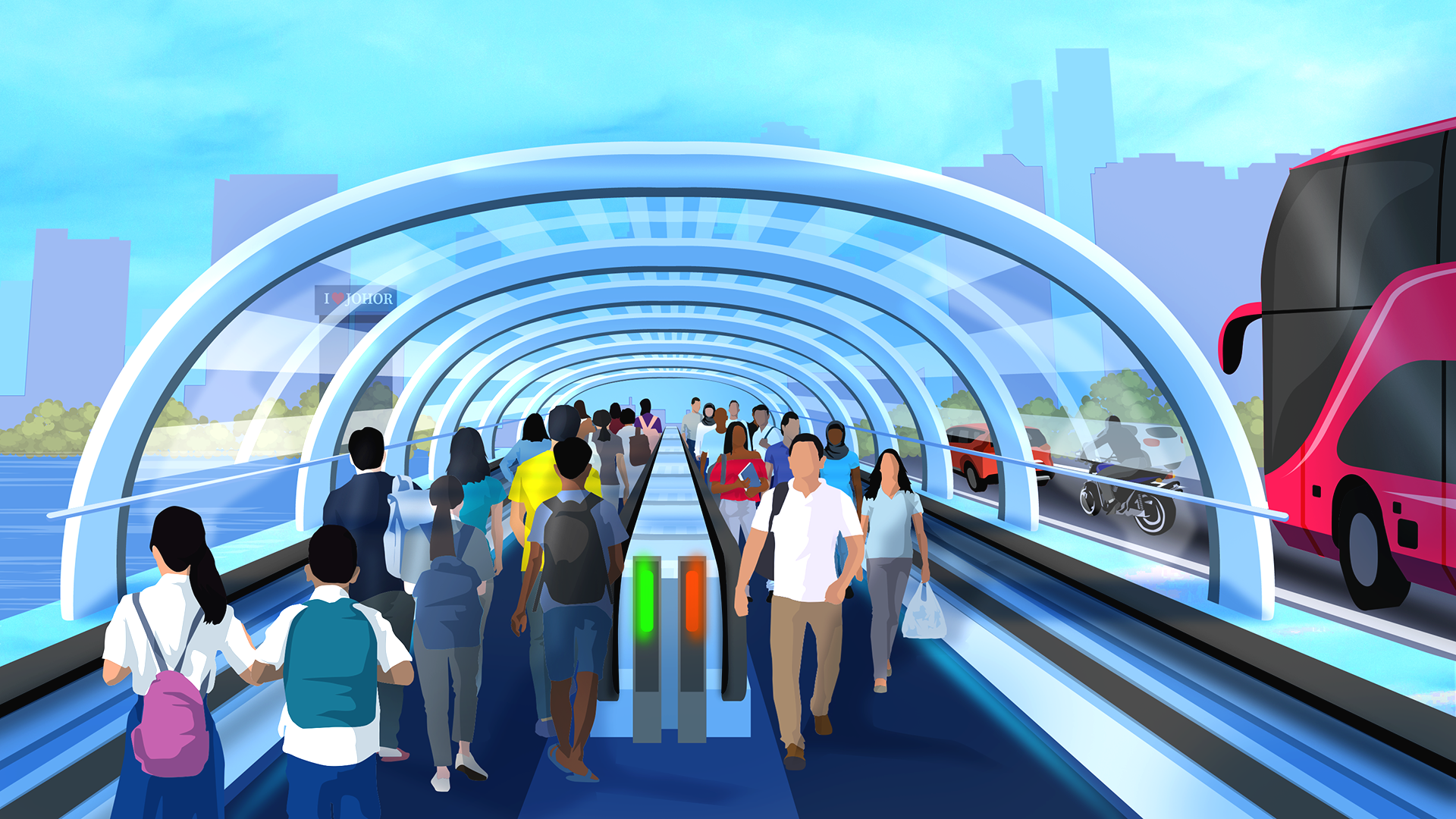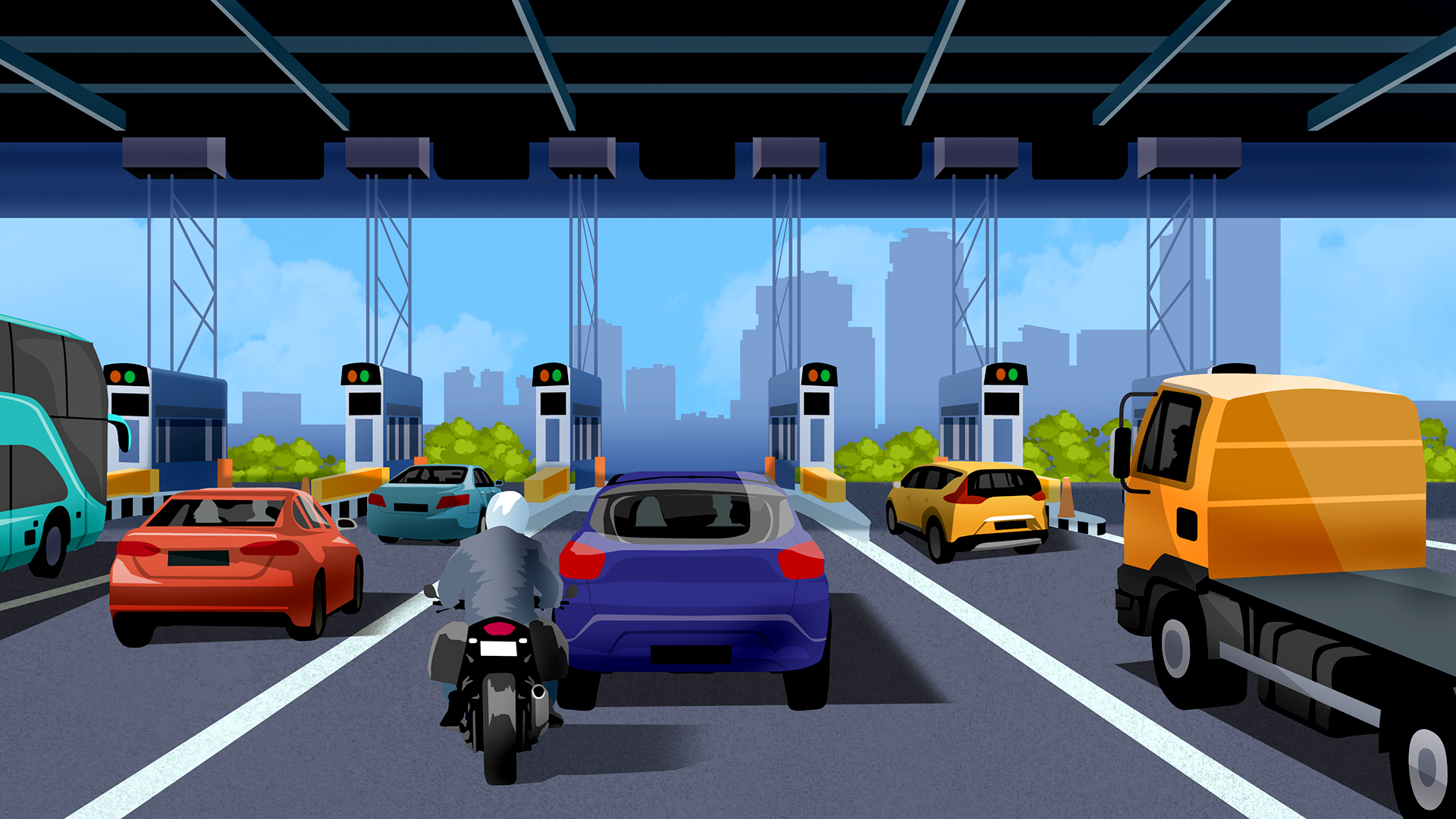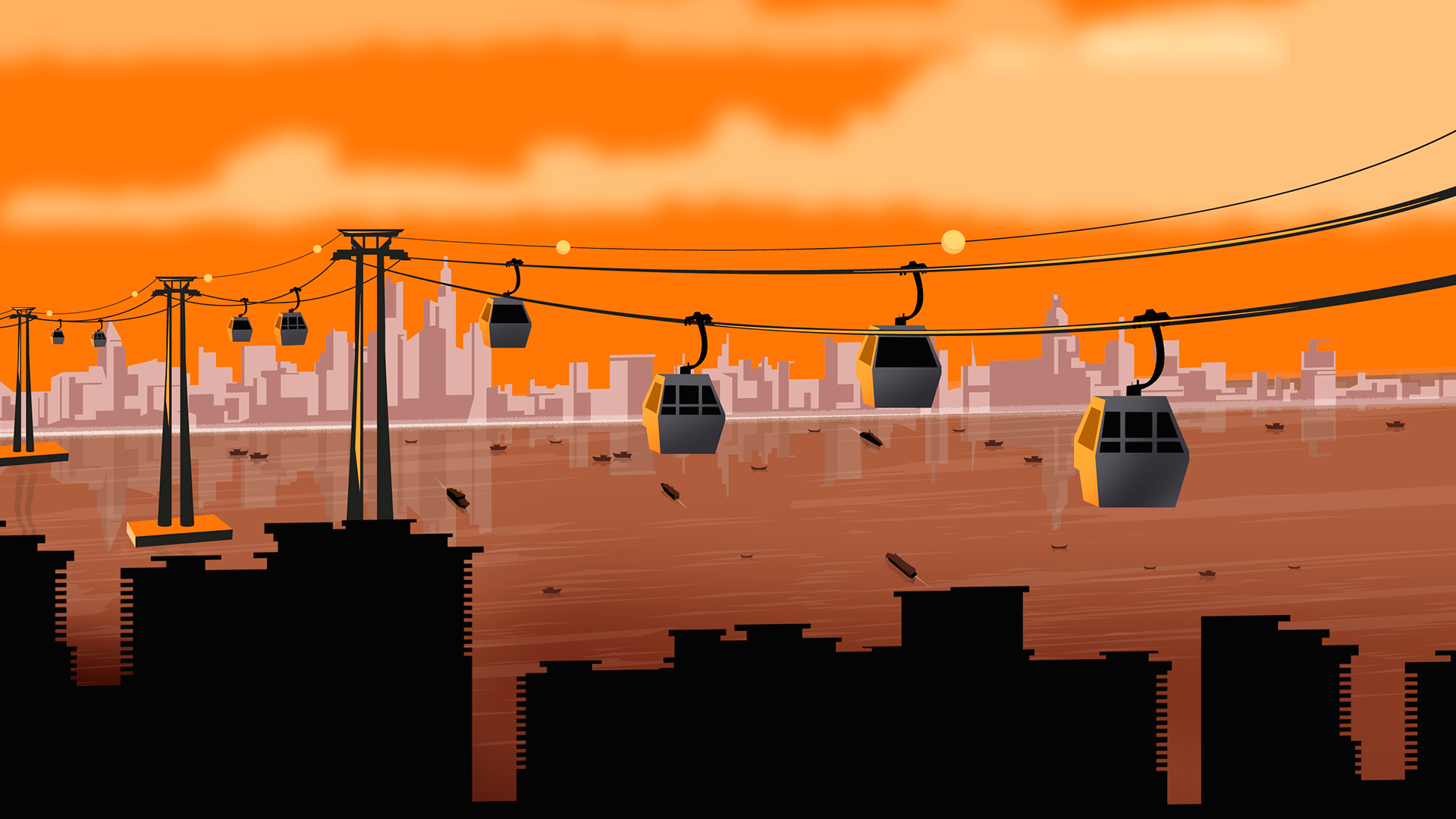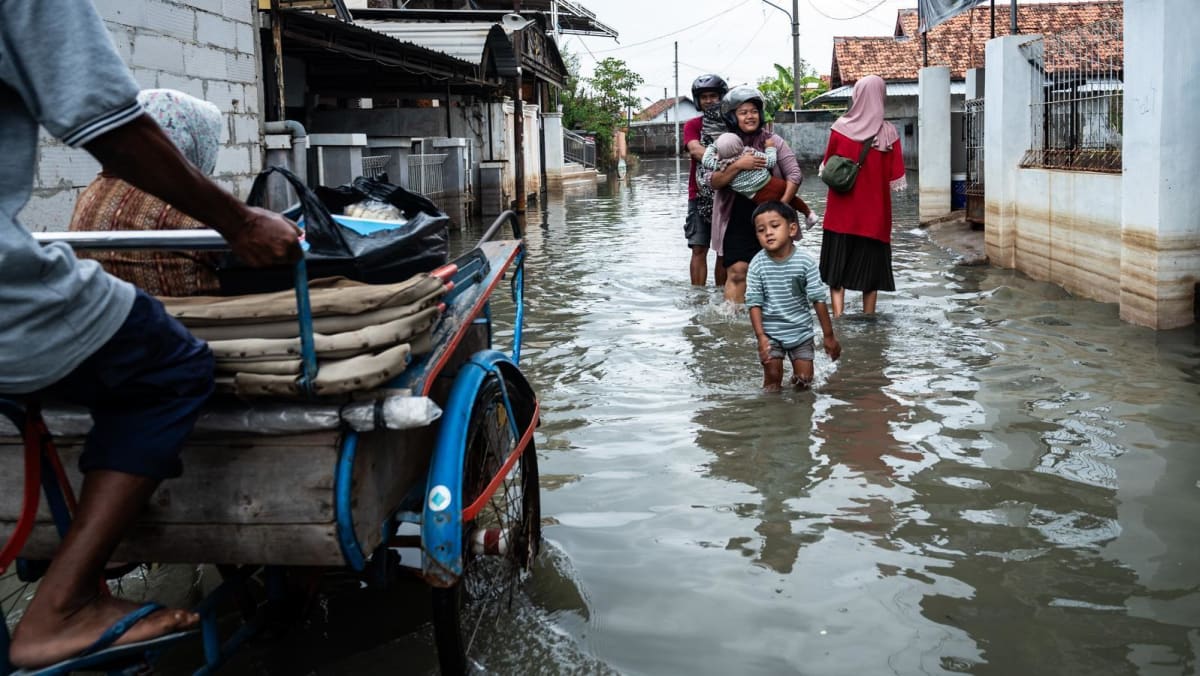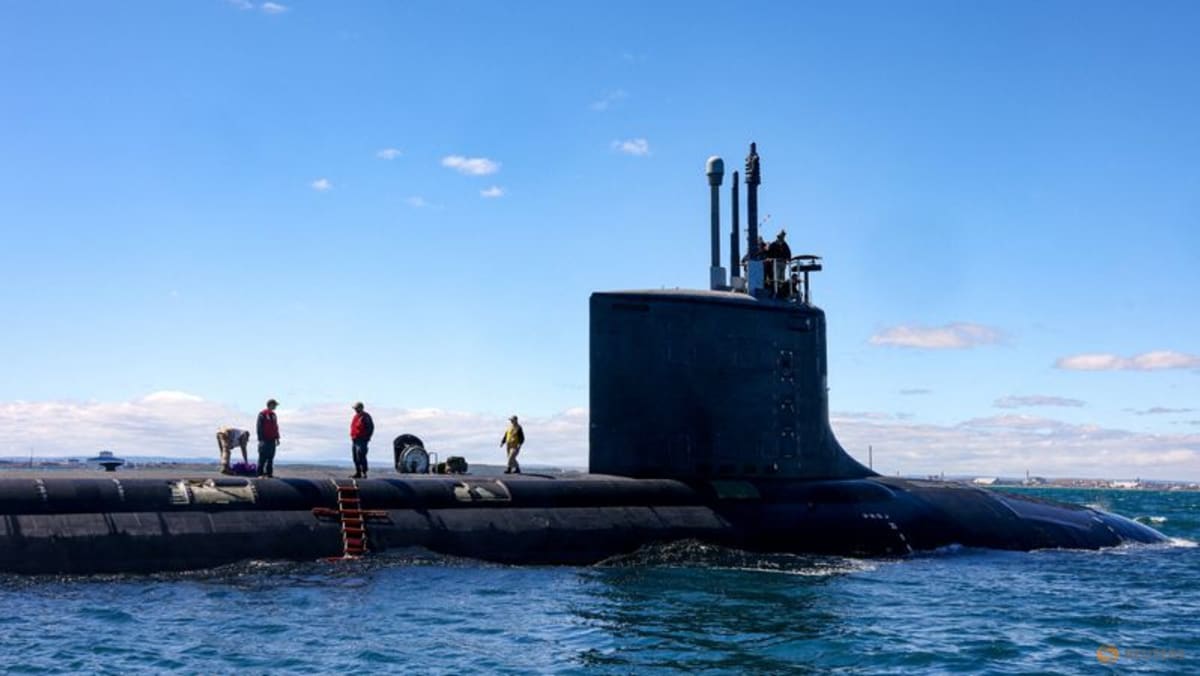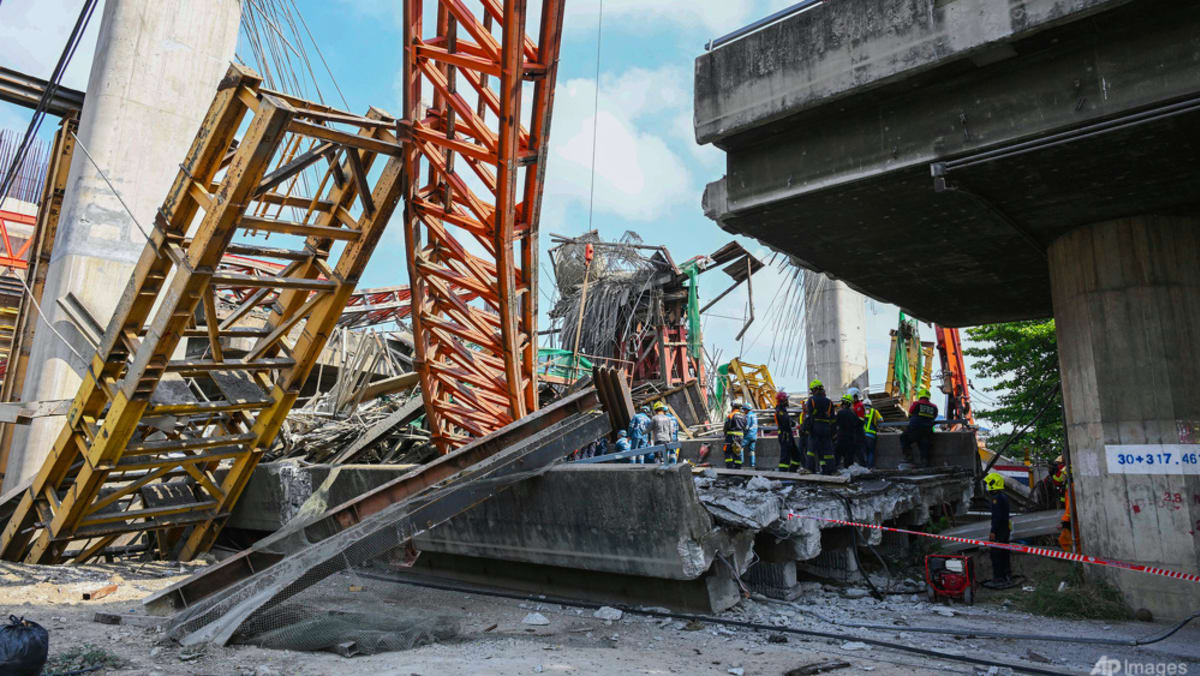More than a century after the Johor-Singapore Causeway opened, it is serving around 300,000 commuters daily.
With traffic expected to grow by 40 per cent come 2050, both Singapore and Malaysia have plans to cope with the surge in volume.
CNA takes a look at what’s been announced, and what might come next, for the Causeway.
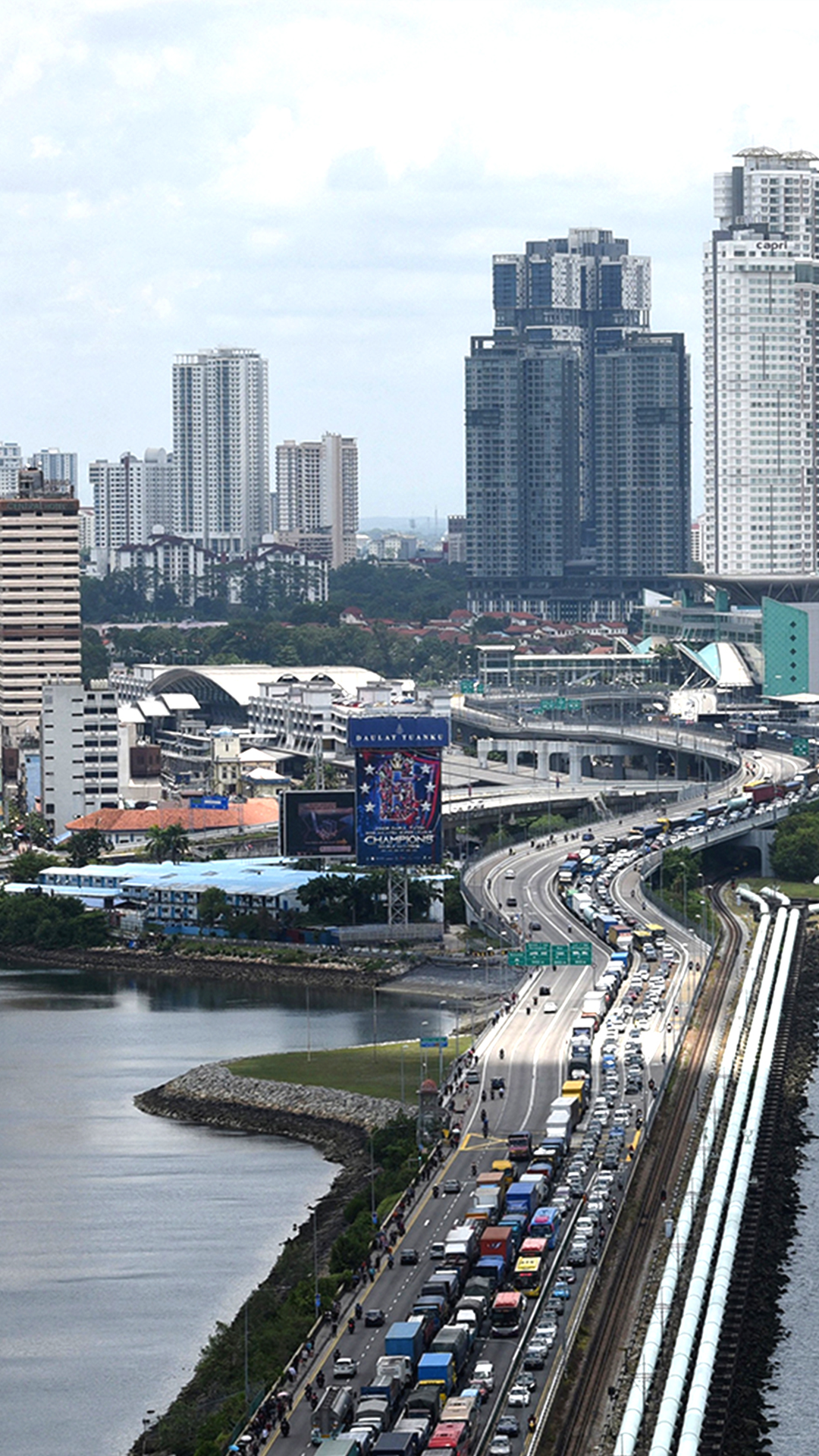
The middle part of the Causeway currently has six vehicle lanes. Vehicles need to pass through immigration booths. On the pavement along the road, pedestrians cross the border on foot.
Moving forward, it is possible that the motorway will have more car lanes, a pedestrian travelator, and electronic toll gantries to facilitate traffic flow.
Just over 1km long, the Causeway is the busiest land crossing in the world.
More than just a physical link between the two countries, the bridge – which marked its 100th anniversary earlier this year – inextricably connects the people and economies of both Singapore and Malaysia.
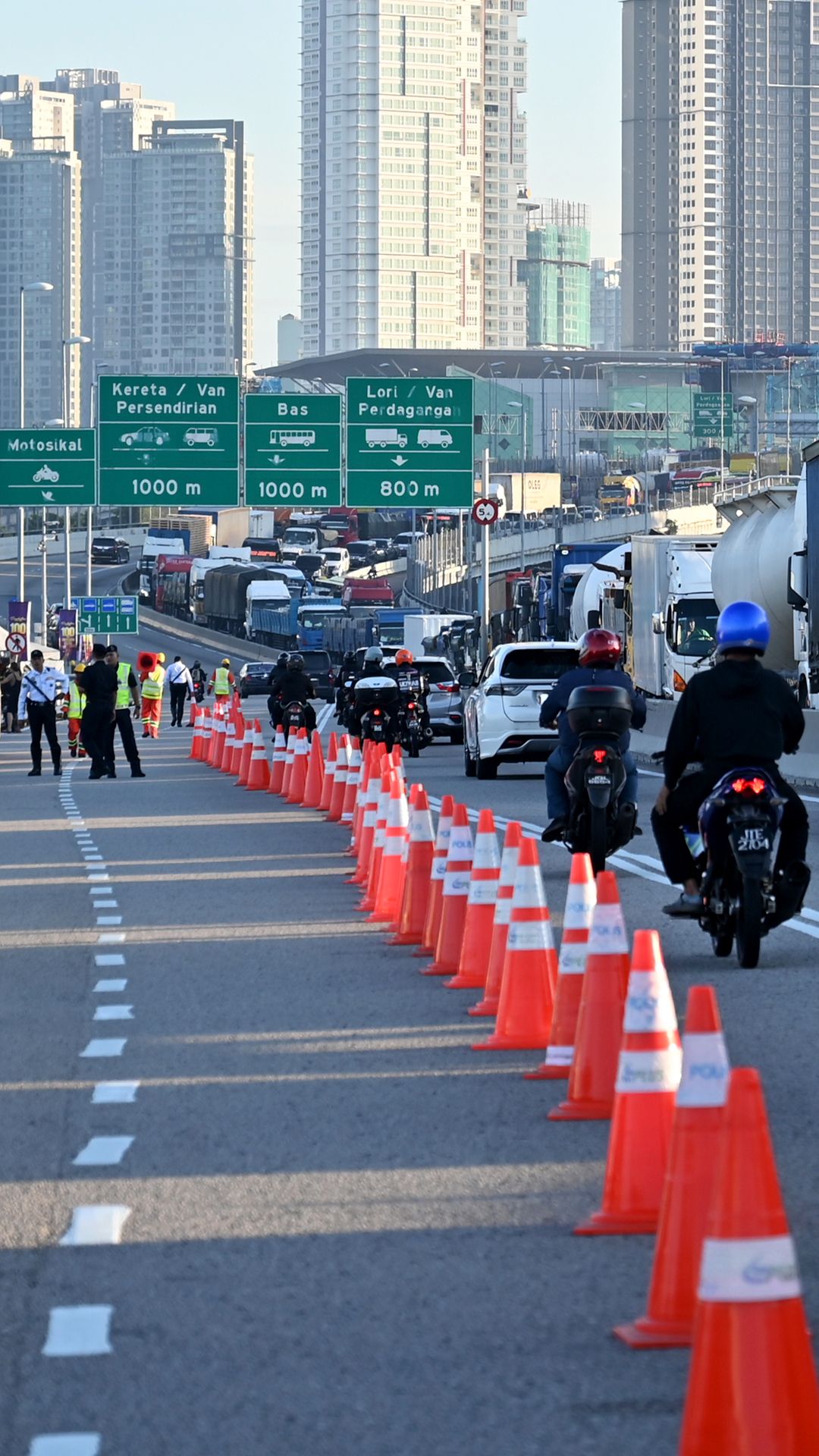
About 300,000 people cross the Causeway daily today, travelling by vehicle, train or on foot.
According to Singapore’s Immigration and Checkpoints Authority (ICA), more than 400,000 people are expected to use the Causeway daily by 2050.
With traffic set to increase, changes are expected – on both sides of the Causeway – to improve the travel experience of commuters.
Both sides have announced some plans and are exploring others to help ease Causeway congestion.
On the Singapore side, authorities have announced plans to expand Woodlands Checkpoint to five times its current size over the next 10 to 15 years.
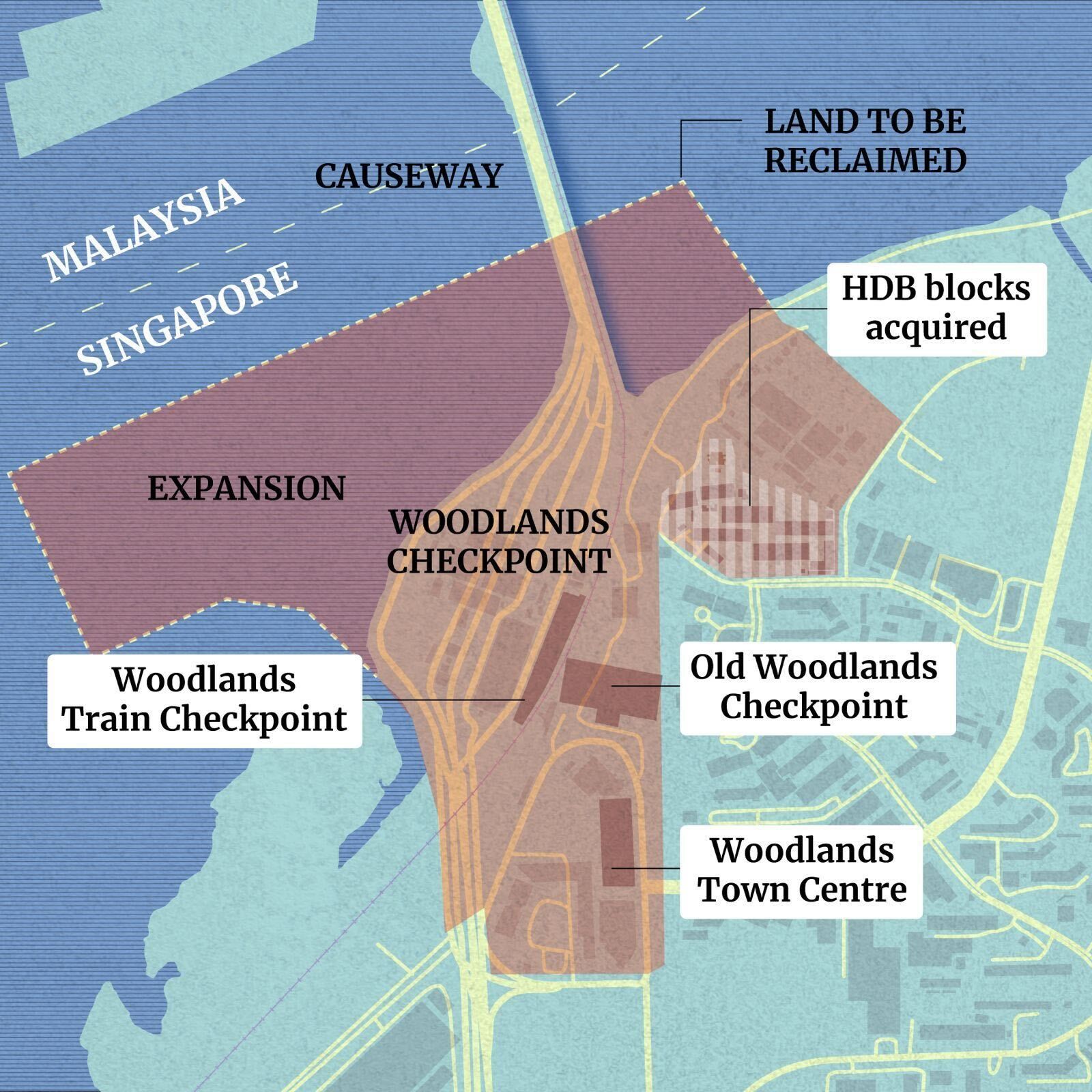
The expansion will involve the demolition and redevelopment of the Old Woodlands Checkpoint as well some of the surrounding residential areas.
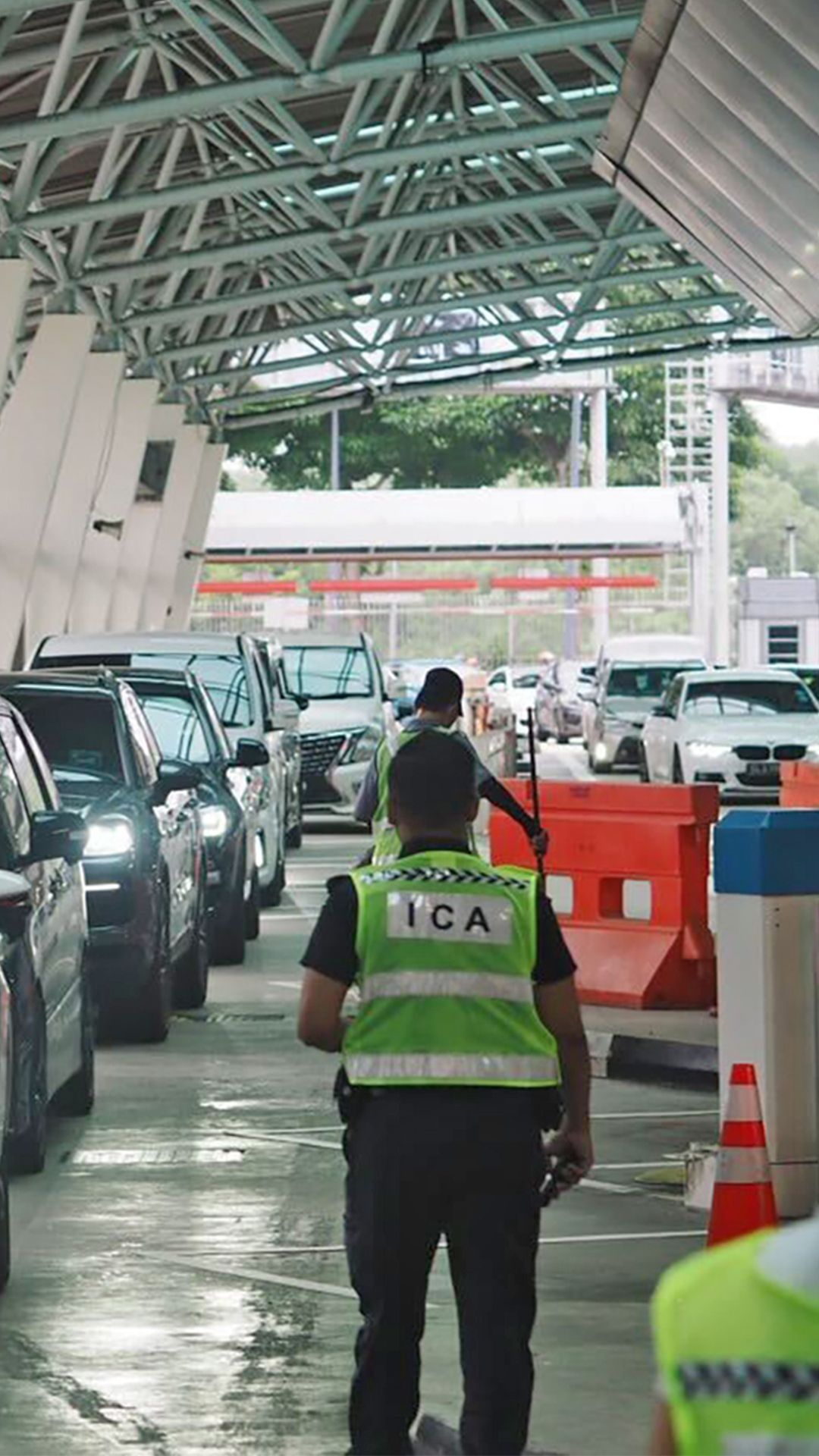
The new checkpoint is expected to be fully operational from 2032. For this, 78 more arrival car immigration booths will be built – almost double the current 40.
Meanwhile, 21 additional bi-directional cargo booths will also be installed, up from the current 16 lanes.
On the Malaysia side, there are also plans to manage congestion.
In an interview with CNA, Johor’s director for Bangunan Sultan Iskandar (BSI) Mohd Faizal Shamsuddin confirmed that the government plans to implement QR code scanners at all entry points to facilitate passport-free travel and expand the use of its e-gates to more people from “low risk” areas.
This includes travellers from the European Union, as well as Jordan, China, Qatar, Hong Kong and Taiwan.
Plans are afoot to build a new pedestrian walkway from Hako Hotel to BSI, which is the customs, immigration and quarantine complex in Johor Bahru, according to the Johor state government.
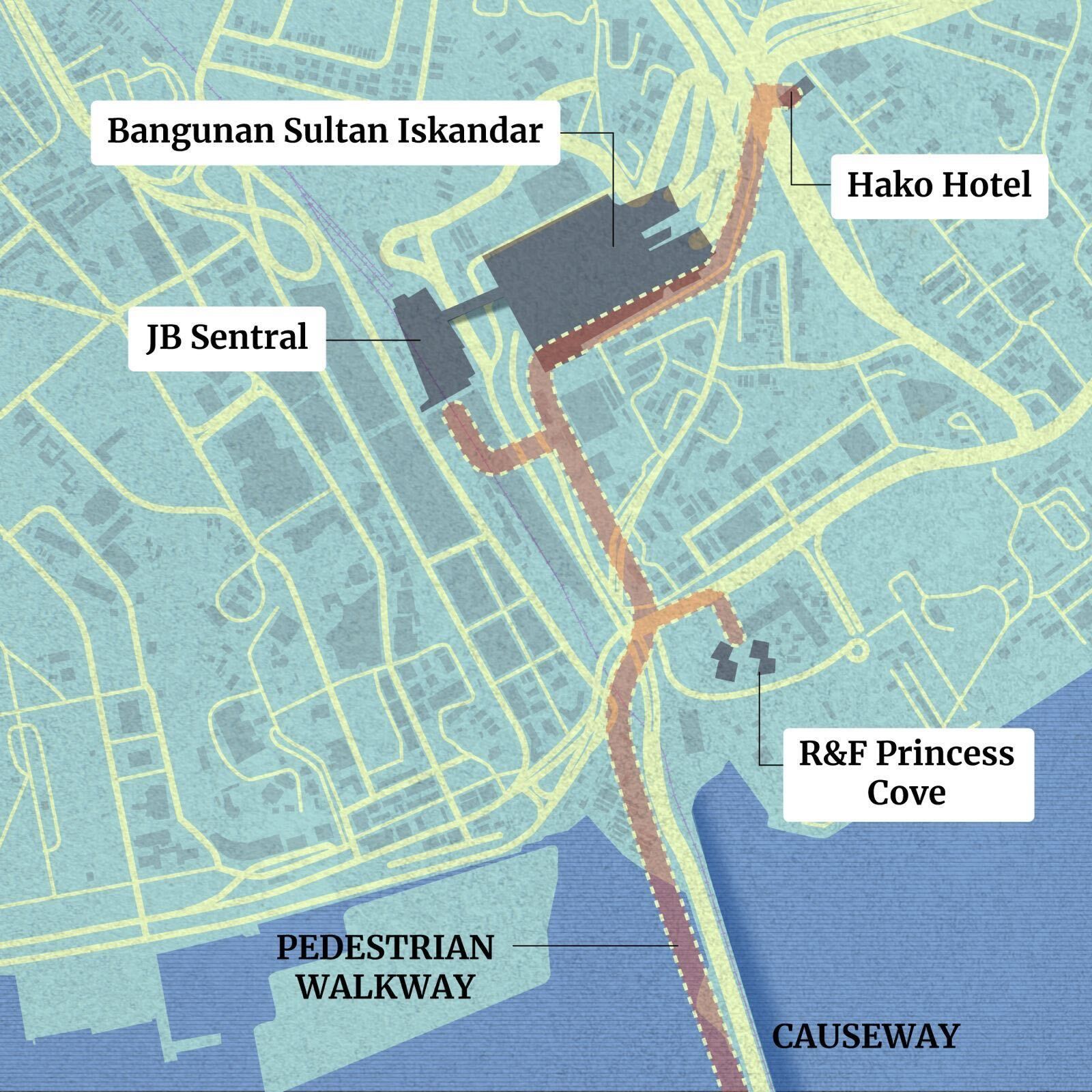
The Malaysia federal government has also announced that it would increase the number of motorcycle booths – 25 more at both the entrance and exit points of BSI.
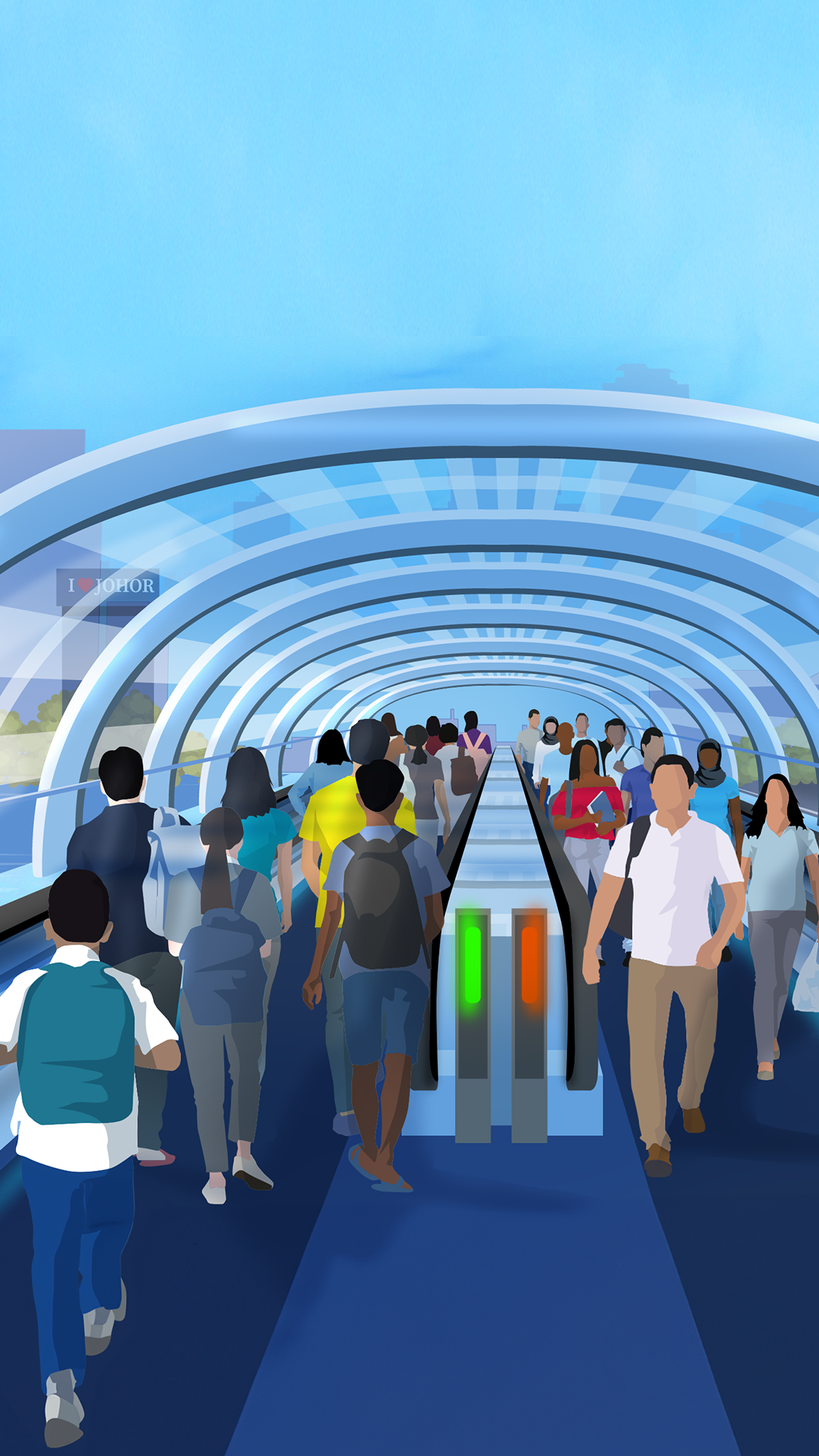
The authorities have also spoken about an air-conditioned travelator for pedestrians who walk across the Causeway.
Others, too, have mooted ideas that could help smoothen traffic in both directions.
Johor state assemblyman Andrew Chen told CNA that both Singapore and Malaysia should work towards a single-point clearance system where travellers would clear immigration for both countries at the point of departure only.
This is similar to what is being implemented at the Johor Bahru–Singapore Rapid Transit System (RTS) Link.
“When the traveller is given green light by both countries’ systems to clear, they will be verified and free to go,” added the leader of the opposition in the Johor state assembly, who led a state task force between 2018 and 2020 to tackle congestion issues at the Causeway.
But even with all these solutions and suggestions, the measures cannot directly overcome one thing: The Causeway has only three lanes in either direction.
According to transport economics expert Walter Theseira, some measures like increasing the number of immigration booths will come up against such capacity constraints.
This means that Woodlands Checkpoint can at most process around 20,000 vehicles per hour in one direction during peak hours.
“And I think if you reflect on that, you will see that it’s acceptable for most of the week, but on public holidays, on those occasions, when everybody wants (to travel), that is just not going to work. No matter what you do in the processing end, you cannot move that many vehicles physically through that link,” said Theseira.
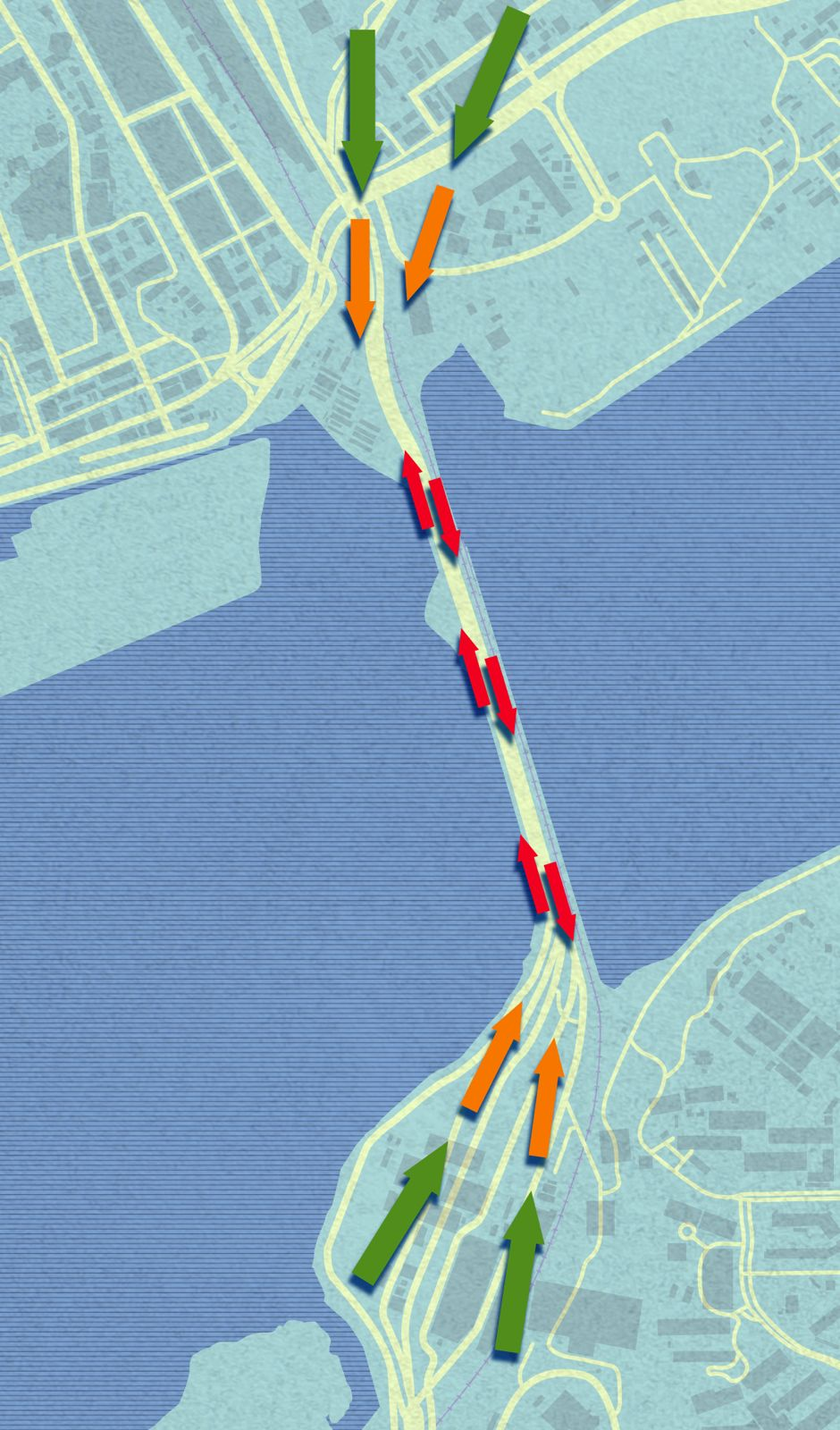
One way to encourage efficient distribution of traffic is to implement a toll schedule, suggested Theseira.
This means implementing higher tolls during peak periods when there’s a higher volume of traffic, such as on weekends and certain times during weekdays.
That would play some role in trying to “divert demand away from the most congested times of day” and could even divert traffic to alternatives such as the Tuas Second Link, he said.
Transport experts suggested that this can be implemented via electronic toll gantries on the Causeway – similar to the Electronic Road Pricing boards on Singapore highways.
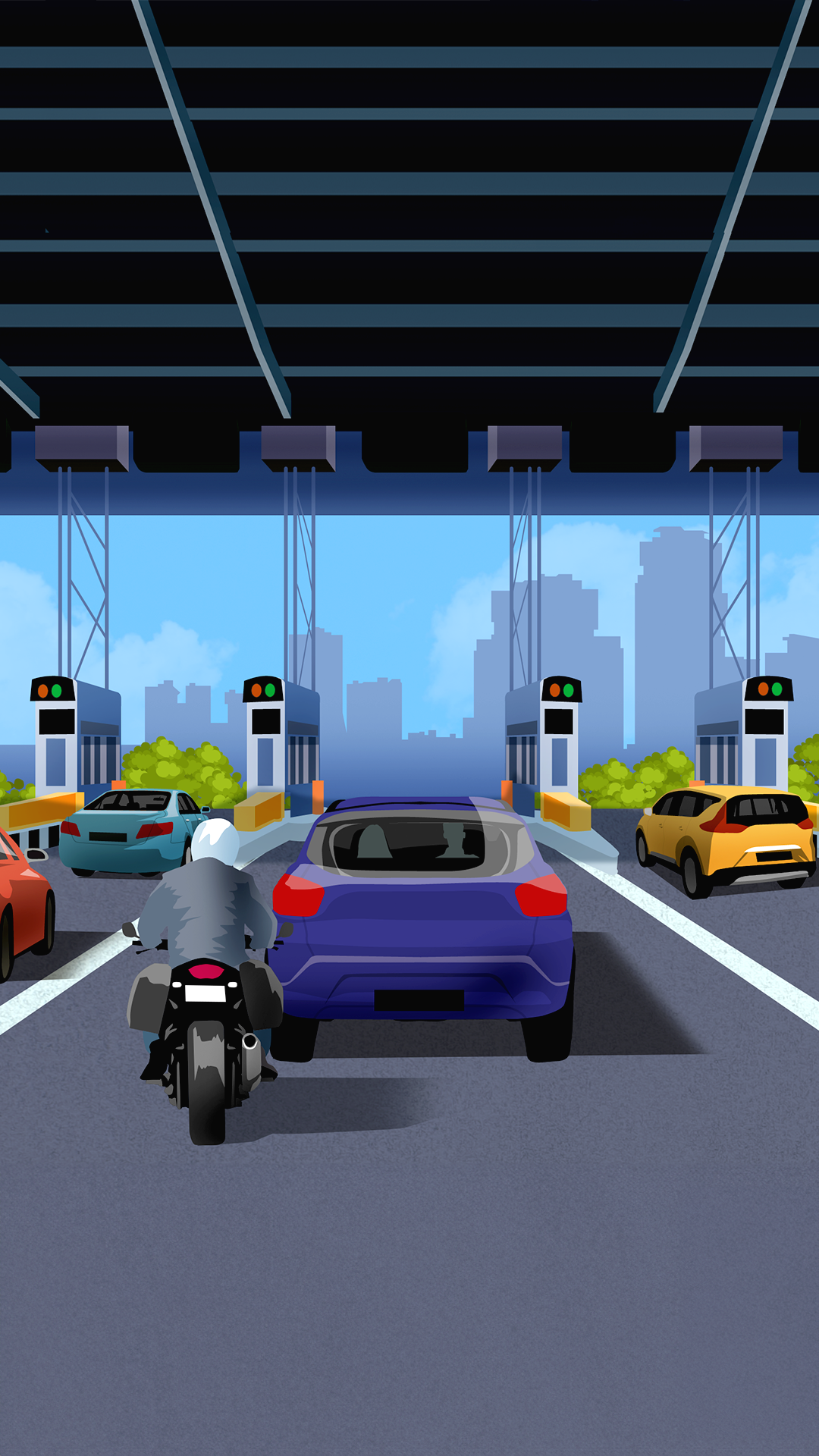
At such gantries, travellers can pass through with their vehicles and automatically be charged toll, with prices varying differently depending on what time of the day they pass through.
Experts also suggested how introducing other modes of transport between Singapore and southern Johor would ease pressure on the Causeway.
Rosli Azad Khan, a transport planning expert from Selangor-based MDS consultancy, suggested that the two countries consider ramping up ferry services, particularly on the east side between Changi and Pasir Gudang.
He proposed that these ferries offer services to transport passengers with their motorcycles across at low costs, so that Malaysians working in Singapore will use them.
He also suggested the two governments consider a cable car network connecting a high-rise point from either side of the Causeway.
He believes these measures would complement the RTS Link, which will be ready by end-2026.
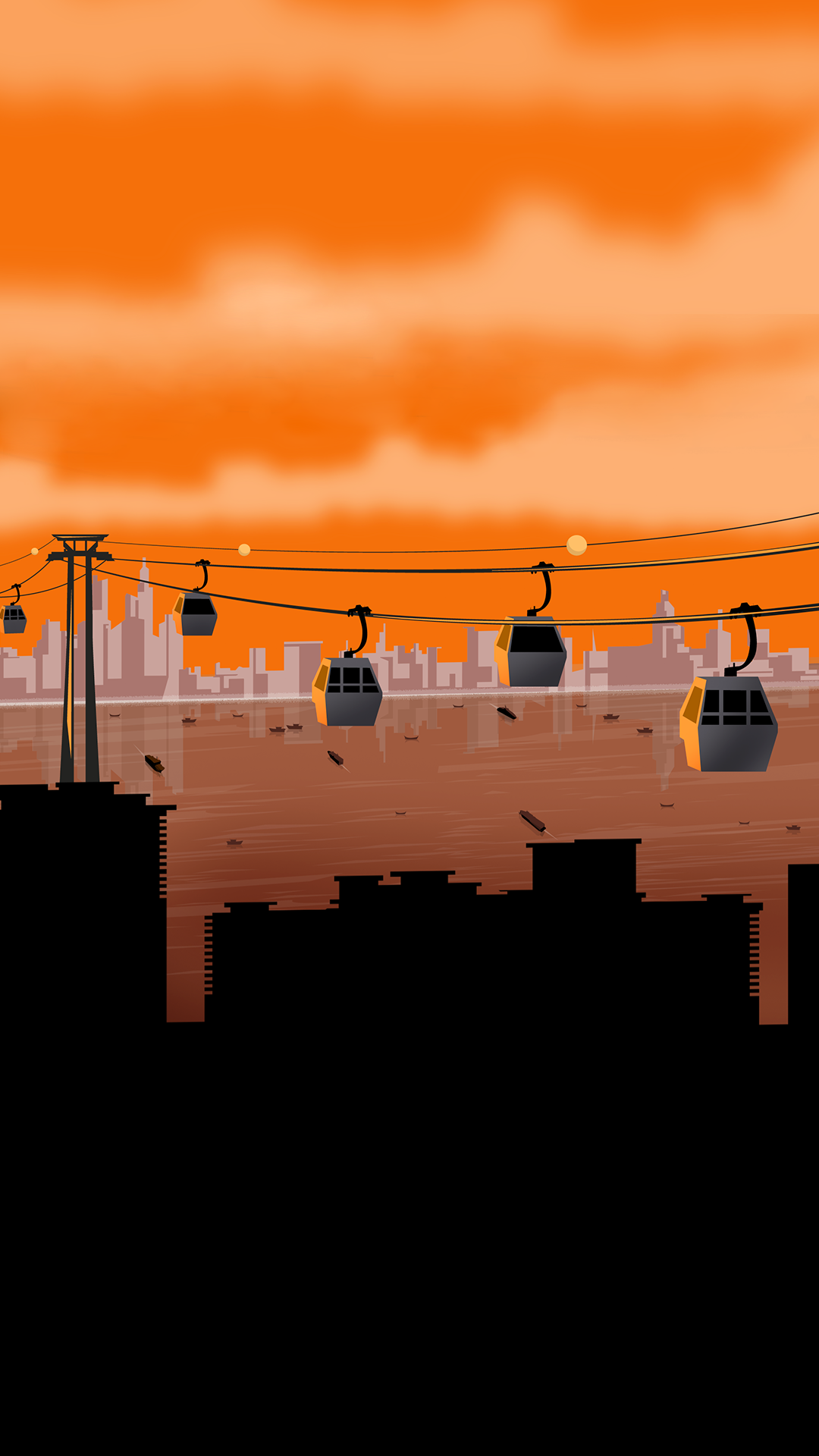
According to the transport expert, a cable car network, in tandem with ferry services between Singapore and southern Johor, would divert sufficient traffic from the Causeway and improve the travel experience for all.
After all’s said and done, the Causeway link between Singapore and Malaysia is an integral part of the lifeblood that courses through both countries’ social and economic fabric today.
For it to remain so, eliminating roadblocks and easing movement in and out of the country will be key, on top of finding solutions beyond the Causeway. And that is a road worth taking.






